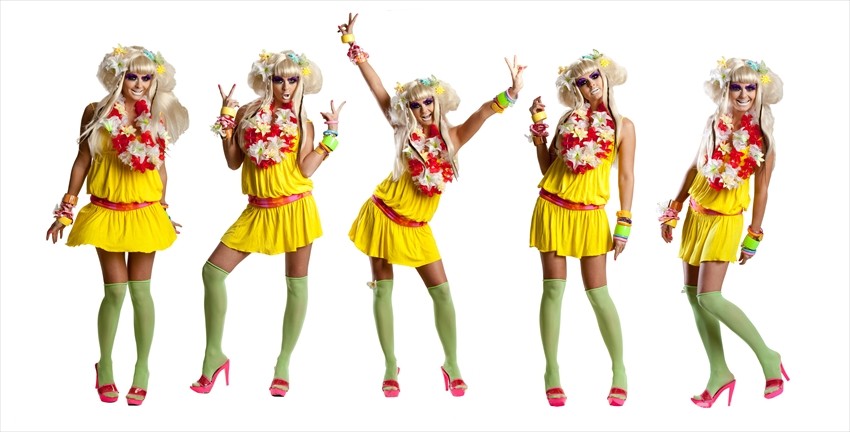
Seen walking through Shibuya and always present at the biggest clubs in Tokyo, Gyaru are one of the lesser-known subcultures of Japan. Embracing rebelion, adapting western fashion and challenging traditional Japanese beauty standards, their hair, make-up and fashion are combined to create a statement as well as a style.
Who are Gyaru?
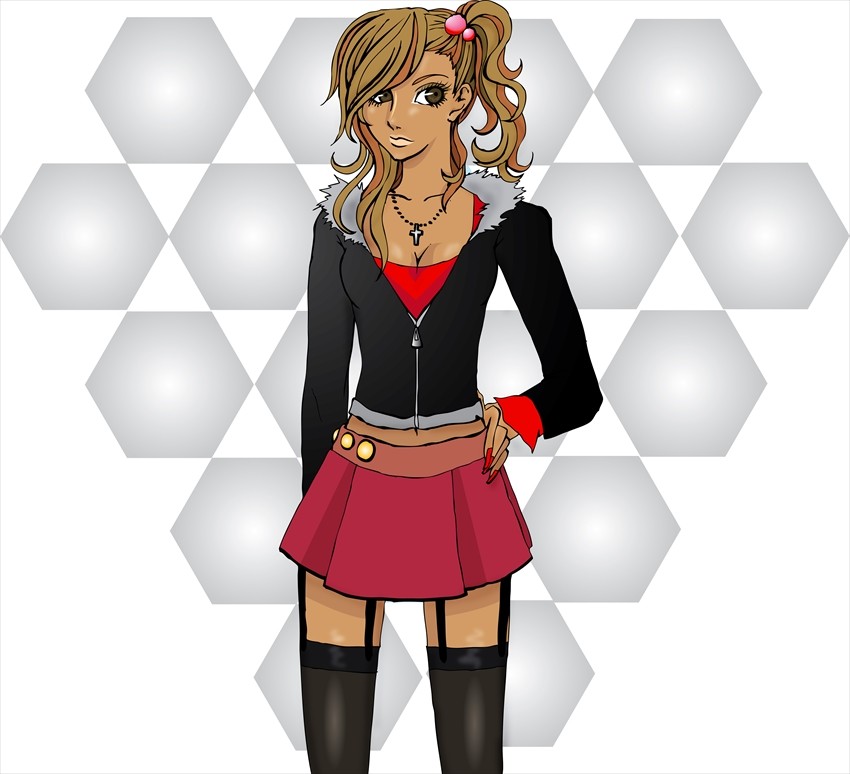
A street-style known for short skirts, bleached hair and tans, Gyaru is a subculture closely associated with the Shibuya district of Tokyo. Mainly popular with women, the term is a transliteration of the term ‘gals’, meaning girls. While the exact origin is unknown, it is known to have originated in the seventies, with a mix of influences including tv stars like Pamela Anderson, advertising campaigns from Levis and Wrangler as well as a boom in the popularity of western fashion.
It wasn’t until the nineties that Gyaru fashion experienced a boom in popularity, with many seeing it as a reaction to the depression Japan was experiencing at the time. With the preceding economic boom offering the chance for many to own luxury goods, the style grew and changed with new sub-styles developing in the following decades. Read our full article on Gyaru here.
Gyaru Make-up and Tanning
One of the starting points for a classic gyaru look is the makeup. Often heavily applied, it works to highlight features in contrast with a deep tan. The level of tanning is dependent on the individual but also largely on the substyle. The most popular style in the nineties and late two-thousands was Ganguro, which required a dark tan, with manba following a similar style. Shiro-gyaru shun the typical tan and continue with the other style elements, often leaning towards the cuter takes on Gyaru fashion like hime-gyaru. There were versions of gyaru style that used increasingly dark tans and took inspiration from Rastafari and Chicano culture, which became appropriative and declined in popularity.
Gyaru makeup frequently uses false lashes and heavy eyeliner, with many elements used to make the eyes appear wider in a more western look. Coloured or shaped contact lenses are a popular option for this, as is contouring which is used to shape the face. The use of white makeup is closely associated with the manba and ganguro substyles and is often worn around the eyes, and lips. More decorative approaches to makeup are favoured by styles like Ganguro, who have an Okinawa-inspired look with hibiscus flowers being a particular trend in the nineties.
Gyaru Hairstyles
Gyaru hair is most often bleached blonde, but other pale colours are also common. Whether it’s a light brown or bright pink depends on the substyle. Not only is the hair bright, it’s got to be big for true gyaru style. Whether it’s curled or crimped, volume is everything and extensions are often used to create a more impressive look. One of the more common looks from the nineties was sujimori, meaning streaks, which would emphasise the streaks using gel. Hair is a common way to differentiate substyles within gyaru culture. For example, Agejo, inspired by magazine Koakuma Ageha, would aim for a sexy, mature look and would wear up-dos while hime-gyaru (a rococo-influenced look) would have super-curled princess-style hair.
Having dyed hair in Japan is still relatively frowned upon, with traditional companies still unwilling to hire those with anything other than ‘natural’ hair, so the commitment of gyaru is not to be taken lightly.
Gyaru Fashion and Where to Get it
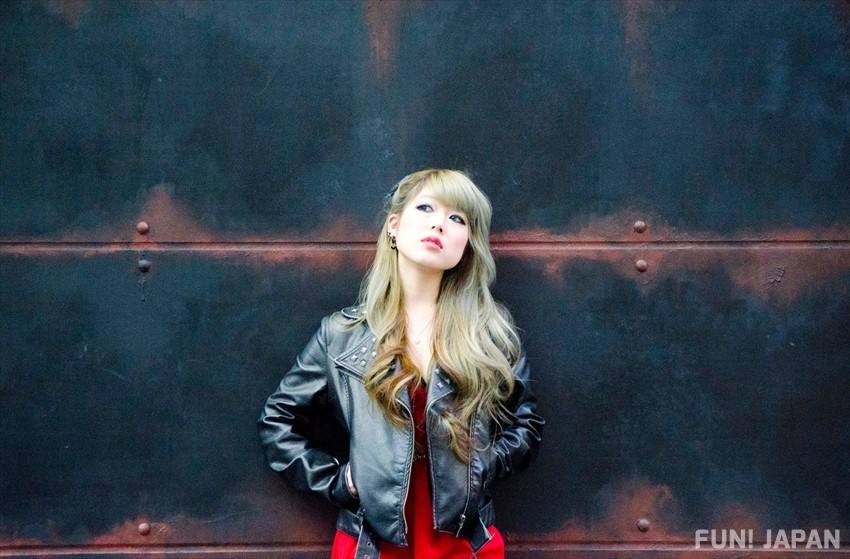
Gyaru clothing is one of the largest areas of divergence, with different substyles taking on significantly different looks. However, there are some consistent elements which originate from the original look. Short skirts, western styles and luxury brands were some of the starting points, although the latter has declined as the style became more accessible and street-inspired. The main home of gyaru in Tokyo is Shibuya 109 - a shopping mall with only the most popular clothing brands. Often staffed by gyaru, many of the popular looks can be found here. For traditional events liking the coming of age ceremony, many gyaru will wear a traditional kimono or furisode (long-sleeved kimono) and match accessories while still keeping the gyaru influence.
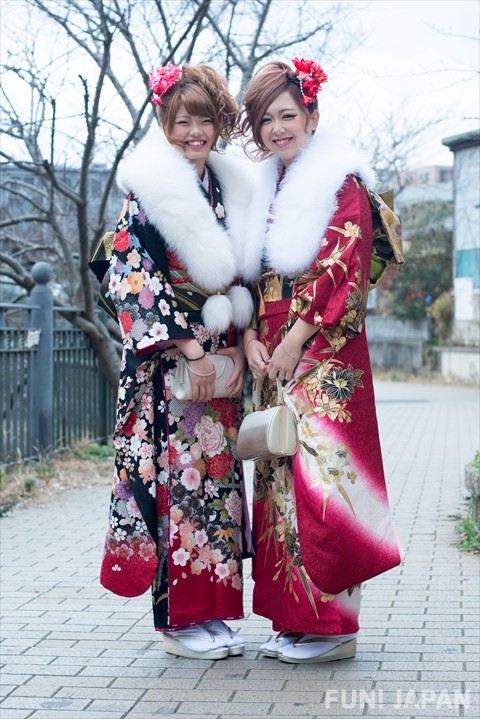
The styles most associated with the nineties, Ganguro and Manba would tend towards miniskirts, sarongs and plenty of jewelry. Club-wear and neon outfits became the go-to for the Banba, another take on the manba style with less of a tan.
The celebrity-inspired style, ‘gyaru-serebu’ opts for luxury brands and straightened hair, in imitation of both western and Japanese celebrities. As this is hard to afford for many gyaru, the style was only achieved by a few, with many opting to combine it with more common western brands.
The Amekaji style embraces fast fashion brands and opts for a far more casual fashion, with T-shirts, tennis shoes and bright clothes. Often looser fitting and in the ‘boyfriend’ style, the look is considered a friendlier and more achievable style. Popular shops include Forever 21, ANAP and Coco*Lulu as well as the many vintage stores of Shimokitazawa, Shibuya and Harajuku.
In contrast, Hime-gyaru combines the rococo-princess trend with the gyaru look. High-end brands are needed for the true look, meaning Princess Melody, La Parfait and MA*RS are some of the high-end stores shopped at.
While many gyaru styles are aimed at women, gyaru-o are the men who joined the look. Keeping the tan, dyed, volumized hair and brighter clothes, they often have a look associated with hosts.
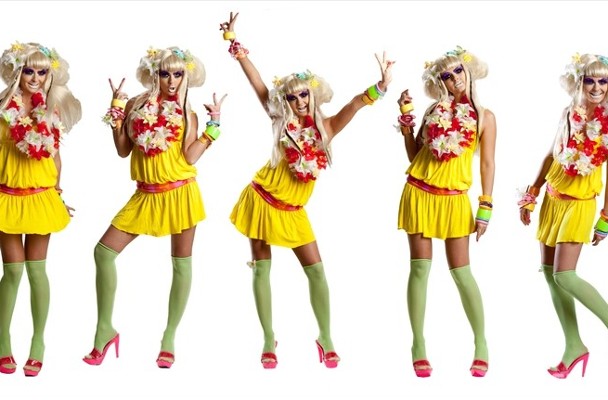
Comments